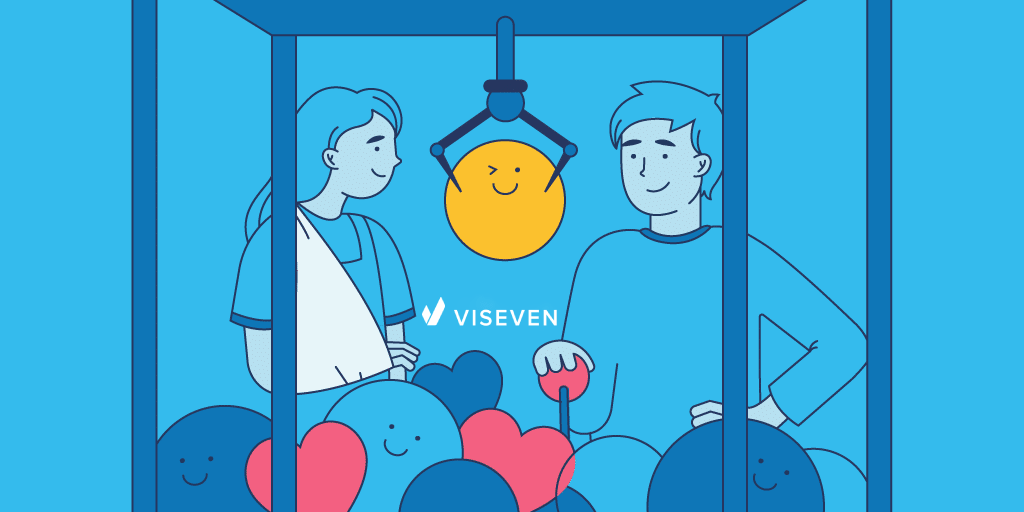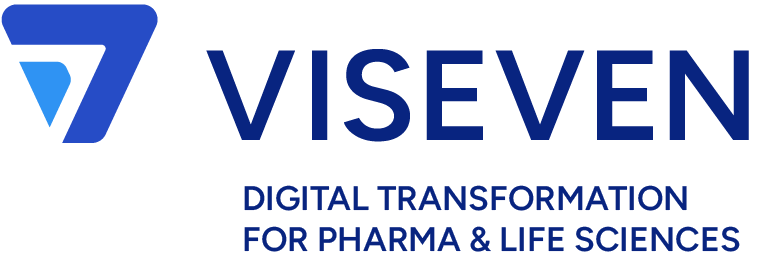Practical hints to set up value and build trust through pharma content and digital assets in 2021

In 2020, the world was under the havoc caused by the COVID19 pandemic, and its shadows are still among us. But despite that, the pharmaceutical industry put some light at the end of this pandemic tunnel.
In 2021, numerous hurdles will remain, but there are two sides of the same medal. These obstacles are also helping provoke innovative ideas and becoming the starting point of growth to navigate through turbulent times. The whole healthcare industry is rethinking its relationships with various types of customers. Marketing and sales teams are adapting their approaches to the new reality and upgrading their marketing strategies at scale.
With a couple of weeks in 2021 passing by, we have come to a conclusion. This year (and further) Pharma will be put into the limelight even long after the pandemic starts fading. Though its contribution should go far beyond just the mainstream – the expectations and requests from HCPs and patients are rising proportionally.
Amazing trends that will bear more fruit than ever
Search for online content is a common thing especially for healthcare experts. After the tremendous shift to digital caused by pandemic, physicians are getting more involved in looking for therapeutical information themselves. They are also self-educating through digital means (multiple platforms, online courses, communities, and many more). Lots of HCPs are now using medical apps and websites to find the content they trust for their purposes. Valuable health-related information is becoming a prerequisite. Furthermore, this content is not just presented in lines or eDetailing – there are some predominant features already included, such as interactive videos, personalized videos, dynamic emails, and other types of pharma content. This leads to improved and more valuable patient experience with pharmaceutical brands.
“According to a recent study, after viewing a video on a certain healthcare topic, 39% of patients made an appointment with the physician”.
Technological advancement in the medical and pharmaceutical fields will be continuously changing the industry, while the demand for accurate data will only rise as well. Pharma and life science companies have to stay alert to the rising amount of inaccurate information concerning health and therapy approaches. We are living in the era where Instagram bloggers can become the source of trust. In the same way, a single post can affect the minds of millions of people. Well, who knows, maybe, the internet-savvy physicians will be soon prescribing health apps, along with drugs…
Advanced analytics, AI, and machine learning will only enlarge remote patient monitoring. The use of analytics-driven patient monitoring can help maintain HCPs alerting to any issues (that need to be fixed) related to patients’ health. Increased transparency in everything related to the supply chain in life sciences will be coordinated by the new paradigm “Industry 4.0” (known as “Industrial Internet of Things, the German smart manufacturing concept). With the new principles, the value will be created through the interconnection of devices, machines, and other industrial equipment.
“But there should not be concerns between traditional medicines and digital technologies. In 2021, we will see an increasing number of drugs developed in connection with digital therapeutics solutions”.
Kuldeep Singh Rajput, CEO of Biofourmis
With so many uncertainties around
HCPs and patients are now expecting beyond-the-pill support and much more transparent communication. Creating great content is not enough. The recent survey revealed that only 44% of patients report their needs are being met. The biggest gaps were seen in engaging directly with patients and HCPs.
Patient centricity should be no more about an impressive goal – it’s a must. Some healthcare professionals declared they were more willing to engage and work with pharma brands, which they observed as more patient-centric. Besides, more than 50% of physicians reported they prescribed medicine from a pharma company they considered more patient-oriented.
Beyond personal: delivering the coherent experience
With the omnichannel approach joined the game, HCPs’ channel preference has shown a significant shift. Now pharma is challenged to maintain effective collaboration without face-to-face cooperation and, of course, remote detailing has been rising to peak levels. Among the most wide-spread pharma-HCP communication channels still prevail eDetailing, video conferences with medical representatives, and emails. Let’s examine in what way interactive presentations can help pharma to represent its product in a much more informational way:
- to provide the rapid and necessary information in time
- to include a brand portfolio that will help HCPs to become familiar with the scope of the company’s products
- to leave the space for learning. Interactivity allows HCPs to learn about new treatments, innovative approaches in diagnostics, etc.
How about emailing? What makes this channel engaging for the physician? Ironically, its biggest advantage is eDetailing’s most obvious shortcoming: timing. Just think, the emails could be opened at any time, from any device. For example, the physician can open it on a mobile or desktop, read the subject line first and then investigate the content inside (using a link, an invitation, etc.). Besides, they can re-read the emails a dozen times.
Another crucial means for running remote consultations is video conferencing. There are a lot of quality platforms and apps for virtual meetings with interactive services included (chats, screen sharing, and many more). This practice is even more beneficial in terms of the time aspect. Patients can make online appointments with their doctors and be treated faster. Physicians might give clear instructions, examine or diagnose patients without leaving their homes. During the lockdown period, this tool assists as a helpful alternative for patients and HCPs regardless of their physical location.
Go a step further
In the world of pharma, gamification has started to play a role far beyond just entertainment. For example, look at how Nike+ app works. It tracks the length of your run and sends you virtual awards after you stop. The ones who show the most excellent results are placed on a leader dashboard. Isn’t that fun?
Here is one more case. This game has proven exceptionally successful in reinforcing HCPs’ practice. Over 15,000 healthcare workers have already used “Paper to Patient”. Physicians can complete training materials there and put that knowledge into practical tasks (yet on virtual patients). The last ones represent various levels of health. Depending on how thoroughly the doctor can diagnose and treat those patients, he or she receives the award and points for every virtual consultation.
“Dynamic” connectivity
Since wearable technologies created a new voice and tone among patients, HCPs, and pharma, the demand for mobile health applications is only rising. Just take a look at some most prevalent mobile apps types for HCPs: disease management and diagnostics, calculators, medical education, apps for medical communities, patient education, and so much more. Every particular app is targeted to solve a specific request. To name just a few, reaching a higher level of personalization, straightening patients’ awareness and adherence, providing better guidance to field and sales forces. A large-scale number of mHealth apps development is covered by Viseven expertise no matter whom they are intended for (physicians, patients, or pharma representatives).
Of course, trends will come and go, but customer-centricity is the one that will always be in fashion. The future of powerful and just-in-time customer experience is closely tied with the full definition of their many needs and putting the customer at the center of whatever the industry does. The next step is to implement that knowledge into the relevant engagement strategies.
From this perspective, the key to growth for any pharmaceutical brand is to thoroughly engage and pull HCPs’ interest through worthwhile and valuable content. Our omnichannel professionals with years of experience know exactly how to produce content that is digestible for your audience. It is all about creating content that is channelless and universal: from eDetailing creation, dynamic emails, self-detailing tools, mobile apps to website development.
No more one-way communication. Turn to our Viseven experts for insights and guidance on how to create beyond-the-pill content marketing campaigns and get full support on executing a leading omnichannel strategy.



